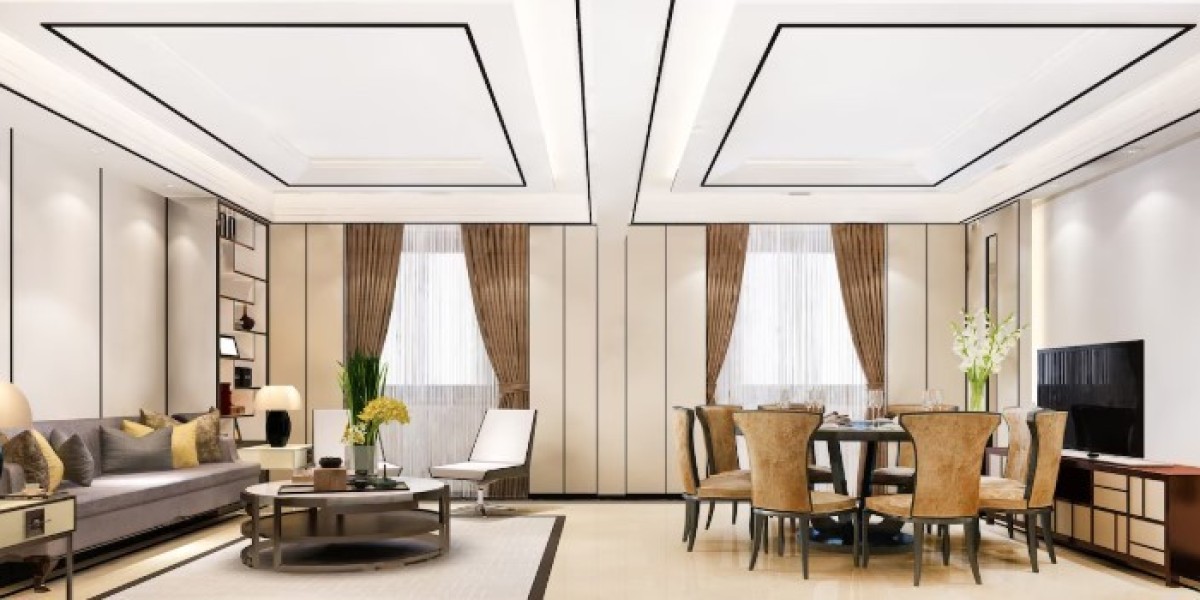In the world of design and construction, two terms that are often used interchangeably are Interior Design and Interior Architecture. While both fields are vital to creating spaces that are functional, beautiful, and comfortable, they have distinct roles. Understanding the differences and how they work together can give us a better appreciation for how interior spaces are shaped and brought to life.
Interior Design focuses primarily on the aesthetics and functionality of the indoor space. It involves the art of enhancing the interior through the selection of furniture, lighting, textiles, and decorative elements. Interior designers work closely with clients to understand their preferences, needs, and lifestyles, tailoring the design to meet those specific requirements. Whether designing a home, office, or retail space, Interior Design aims to create an environment that is visually appealing and comfortable while also serving the functional needs of the space.
A key element of Interior Design is creating a cohesive and harmonious atmosphere. This involves considering factors such as color schemes, furniture layout, lighting, and the choice of materials. For example, in a living room, a designer might choose soft, neutral colors and plush furnishings to create a relaxing, welcoming space. In a commercial office, the designer may prioritize ergonomic furniture and bright lighting to foster productivity and focus. Interior Design takes into account not only aesthetic considerations but also the comfort and usability of the space.
In contrast, Interior Architecture focuses more on the structural and spatial elements of the interior environment. Interior architects are concerned with how a space is organized and how the various physical elements within it work together. They collaborate with architects and engineers to ensure that the layout and structure of the space are both functional and aesthetically pleasing. Interior Architecture often involves working with the building’s existing framework to optimize the flow of rooms, modify layouts, and even make structural changes like moving walls or adding windows.
While Interior Design focuses on the finishing touches and decor, Interior Architecture delves into the spatial layout and ensures that the space functions as intended. Interior architects are also responsible for integrating essential features such as custom-built furniture, staircases, and storage solutions. Their role is essential in ensuring that the design complements the building’s architecture while also making the most efficient use of available space.
Despite their differences, Interior Design and Interior Architecture often overlap, particularly in the renovation or remodeling of existing spaces. In these cases, both interior designers and architects work together to ensure the vision for the space is fully realized. For example, while the interior architect might modify the structural layout, the interior designer would focus on choosing furnishings and decor that complement the new arrangement. This collaborative approach ensures that every element of the space is considered and optimized for both function and style.
In conclusion, while Interior Design and Interior Architecture are distinct fields, they are deeply interconnected. Interior Design creates the atmosphere and enhances the functionality of the space with furnishings and decor, while Interior Architecture focuses on the layout and structure, ensuring that the space is both practical and well-integrated. Together, these two disciplines form the foundation for creating well-designed, beautiful, and functional spaces that meet the needs of their occupants. Whether for residential, commercial, or public use, both fields play essential roles in shaping the environments in which we live and work.
Naijamatta is a social networking site,
download Naijamatta from Google play store or visit www.naijamatta.com to register. You can post, comment, do voice and video call, join and open group, go live etc. Join Naijamatta family, the Green app.
Click To Download


